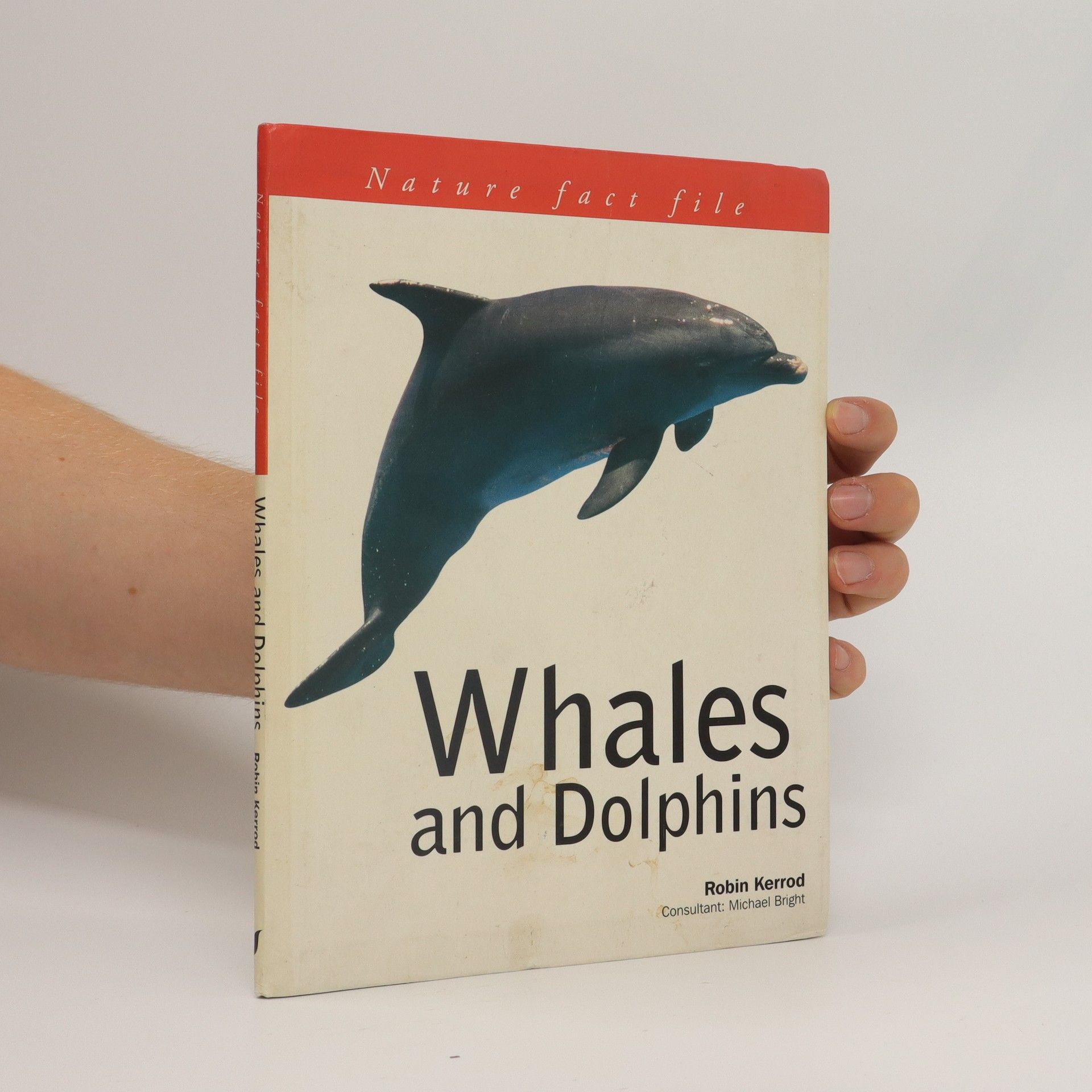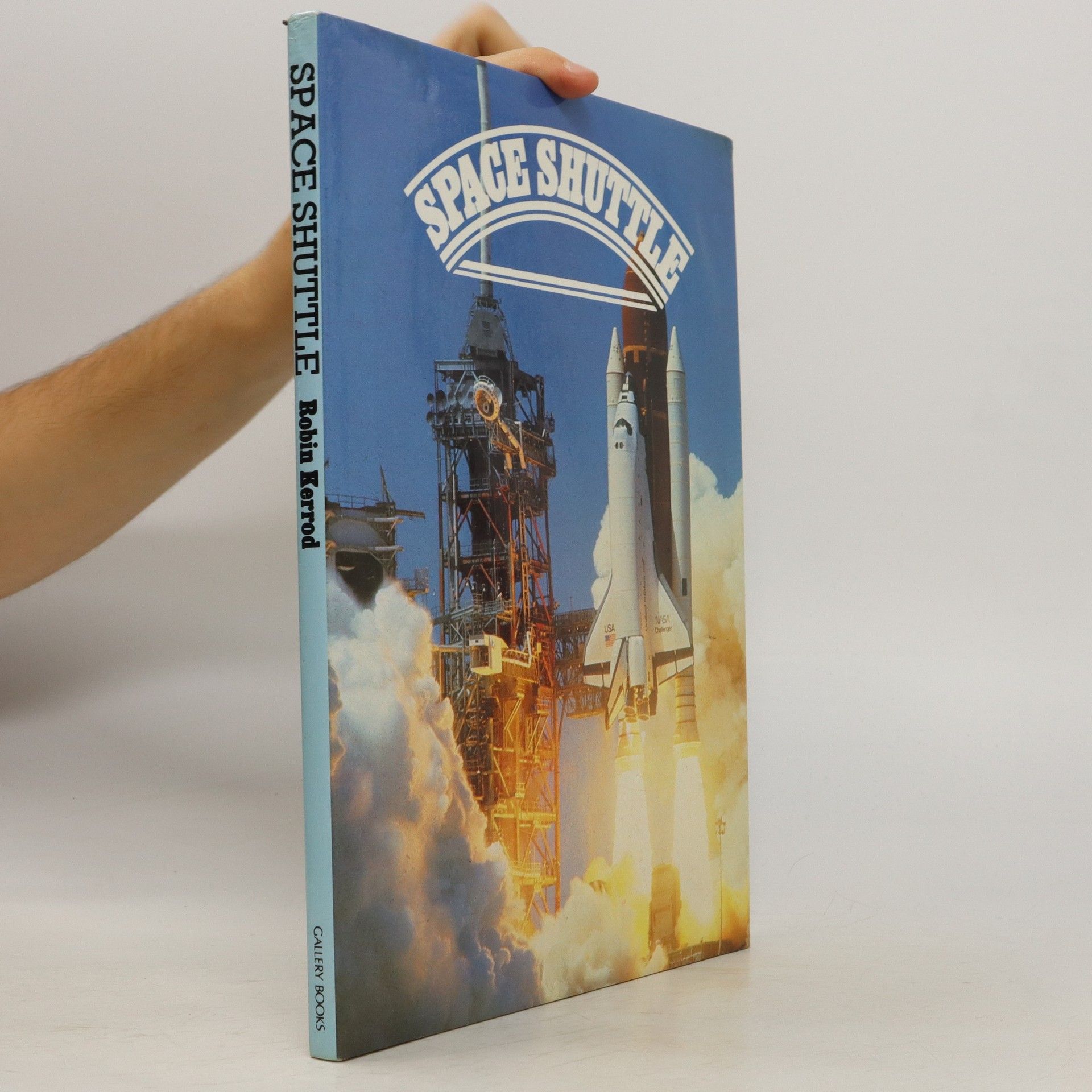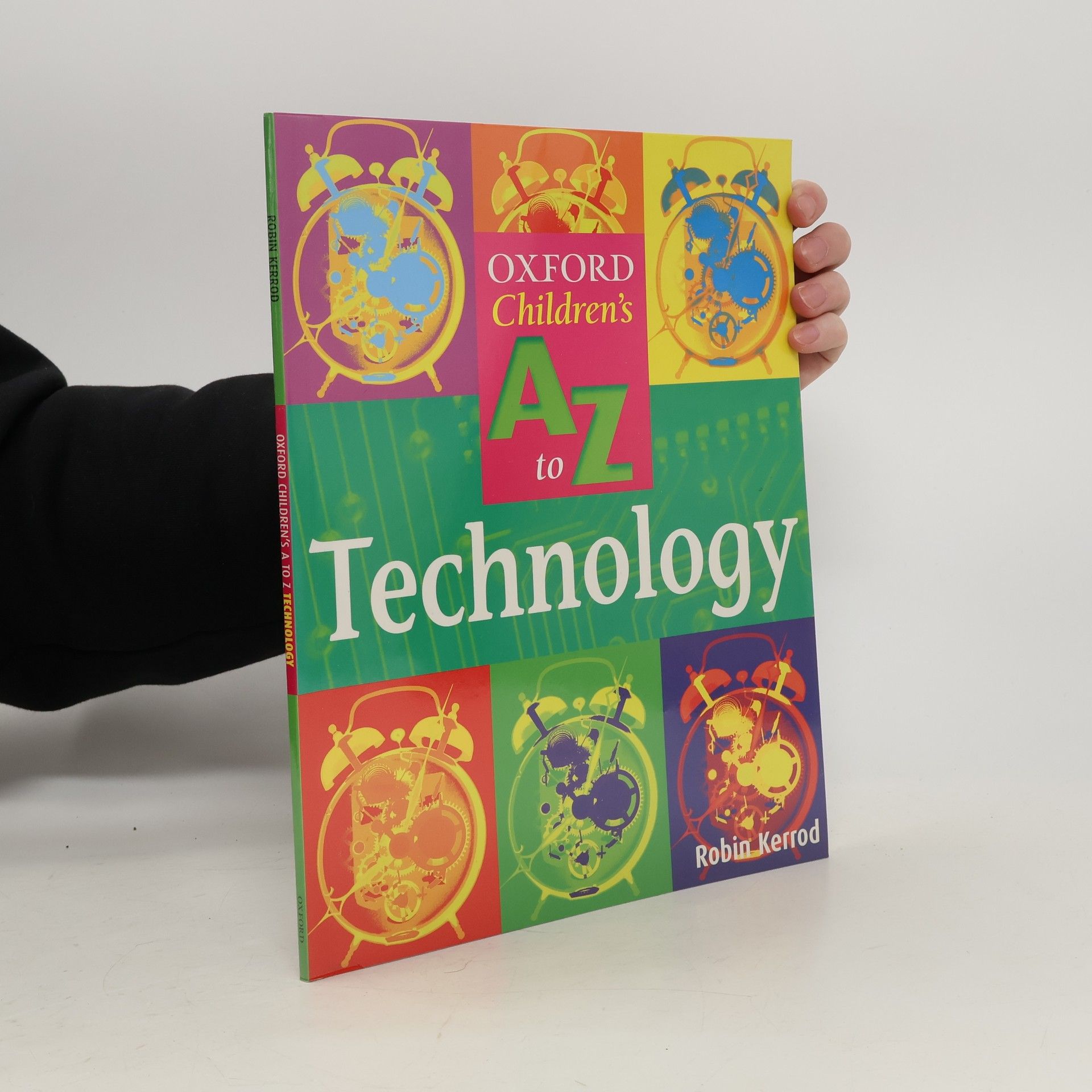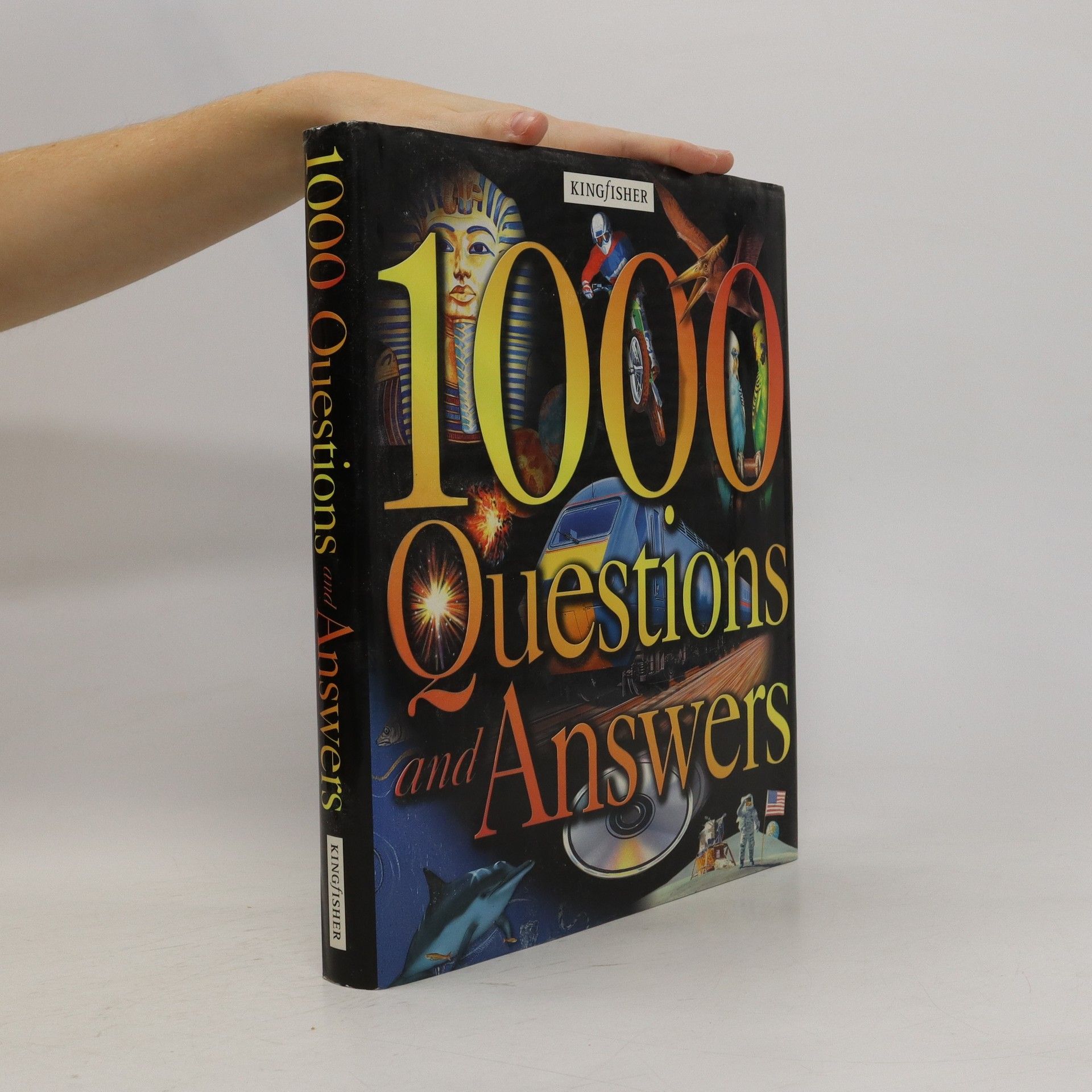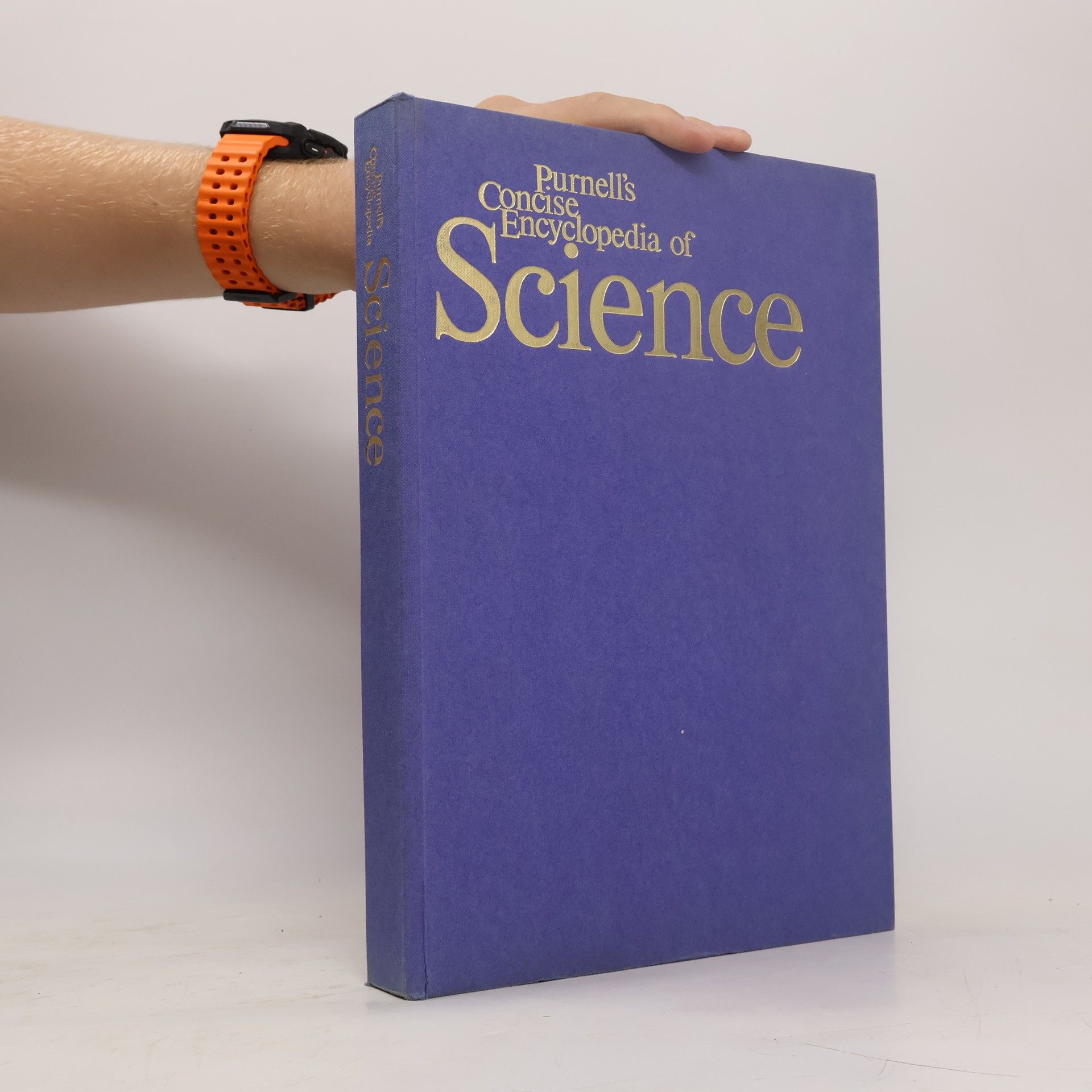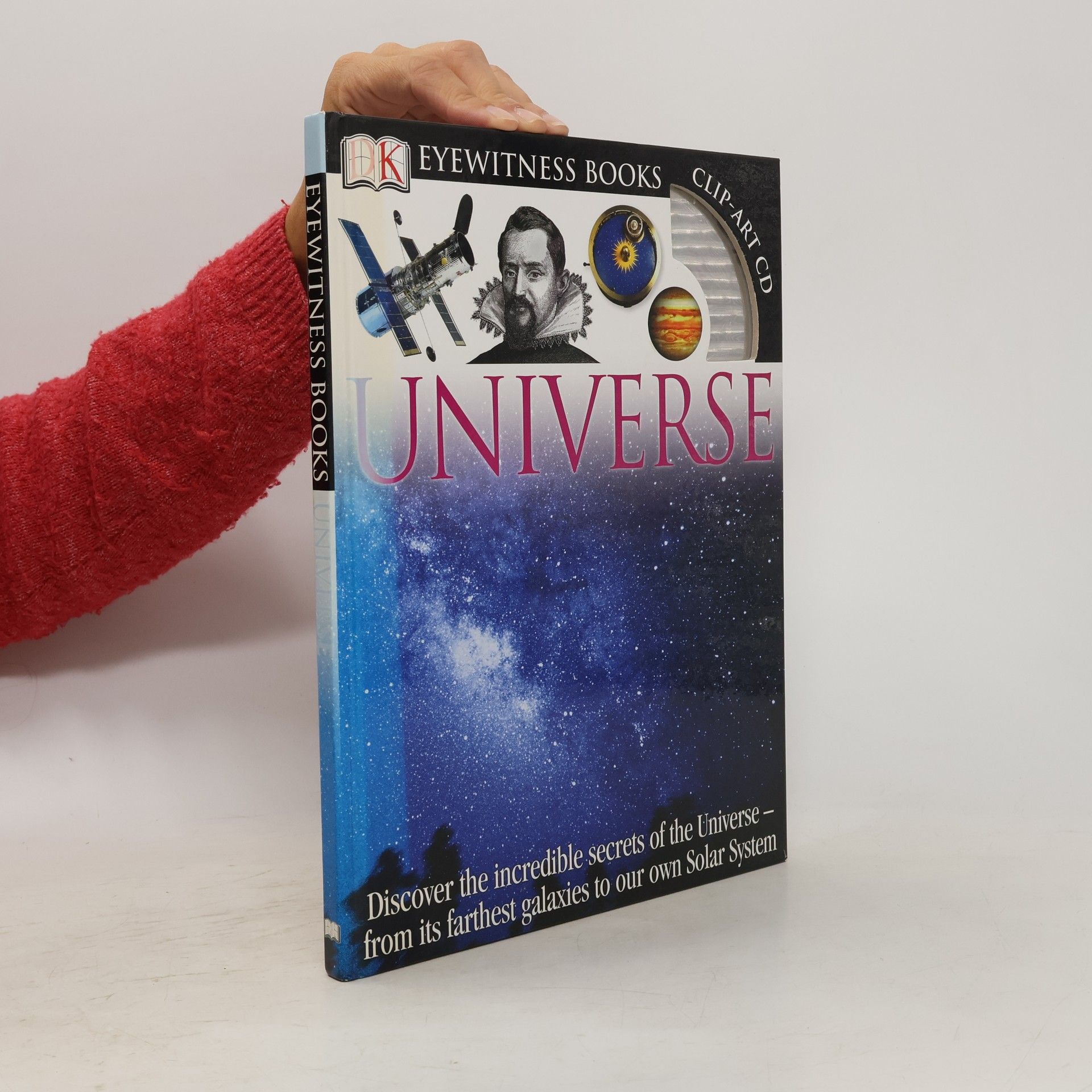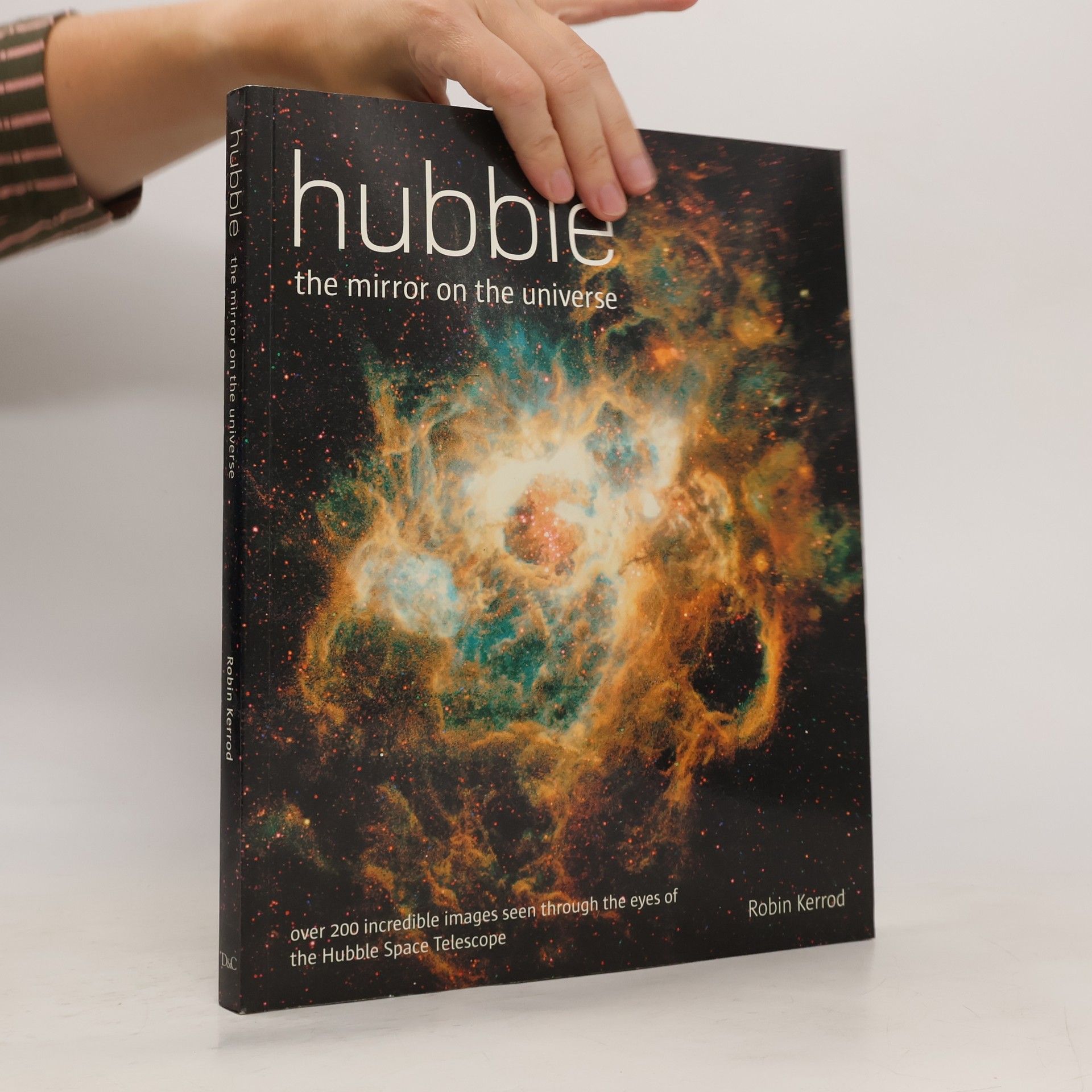Night Sky Explorer: Your Guide to the Heavens
- 128 páginas
- 5 horas de lectura
This guide serves as an essential resource for amateur astronomers, offering practical advice and insights to enhance their stargazing experience. It covers key topics such as equipment selection, observation techniques, and celestial phenomena. With clear explanations and tips, it empowers readers to deepen their understanding of the night sky and make the most of their astronomical pursuits.


